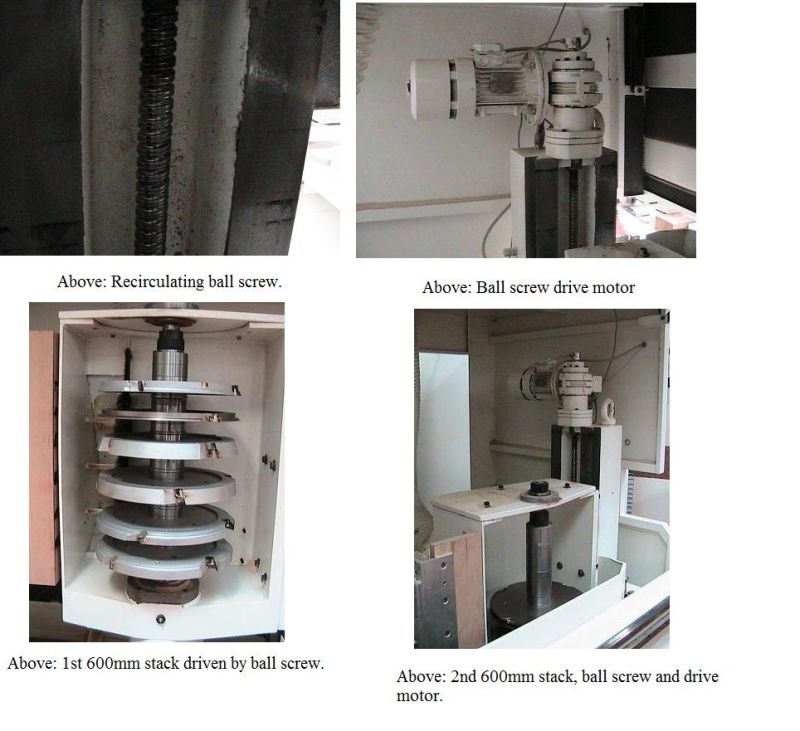Question
I used to run Douglas fir fairly often when I worked at a cabinet shop, but now that I have my own business, I have been trying to avoid it because of all the splintering and tearout. I have enough experience to read grain pretty well, but is there any tooling that makes running fir less of a hassle? I've been told by one of my potential door customers that it's a fir market, so I should count on doing the majority of my screen doors in fir. I'm planning on running everything with 1-1/4" cutters on my shaper. I'm leaning toward insert tooling, but the ones I've been looking at, Amana, are only two wing cutters. I realize HSS knives will be sharper than a carbide cutter, but what about 3 or even 5 wing carbide cutters - do they cut smoother than 2 wing insert heads?
Forum Responses
(Solid Wood Machining Forum)
From contributor D:
The higher the moisture content, the better it shapes. Poplar works better in terms of shaping smoothly without much fuzz or tearout. But I don't know if that's an option for you.
The carbide cutters only cut as smooth as one wing can, no matter how many (considering proper feed rate). 3 wings will work very well - good feed rate and good cut. More wings = more money and maintenance cost. A chip in one wing will leave a mark, and the other wings will not take it out. Sharping cost increases, and/or carbide replacement. Of course I'm assuming your cutter supplier has maxed out the best geometry on your cutters geared toward the softwood fir.
A few months back I was on here not advocating climb cutting, but the fact is I do it all day every day, just on a CNC. I think fir is an exception, though, and would go through the setups on a shaper each time to do a final cut climbing. Usually a relief cut on the table saw is the safest route for removing most of the stock first - smaller rabbet cuts on a shaper blow out more. Smaller diameter cutters in general blow out more. Coping with backers is not perfect with splintery fir - we always oversize in anticipation of blow out, doing crosscuts and copes, then ripping and profiling.
a) Basis of problem is weak boundary layer between early/late growth of relatively fast growth tree.
b) Reduced cutting forces (i.e. sharp tools, slower feed rates/more wings) will generally reduce the problem, but these can be a compromise since slower feed rate causes faster tool wear, which will then increase tear-out.
c) Safe climb cutting is a proven solution. On a moulder we just climb-cut the profiling spindle and make sure the out-feed rolls control the finished profile and an out-feed guard captures flying projectiles!
On a through-feed moulder I normally recommend keeping the climb cutting portion to a minimum, and complete it with a vertical spindle so that the work piece is firmly between both inner and outer fences while fully controlled by the main (steel) feedrolls. I would not recommend climb cutting in a pushfeed moulder, because of insufficient control.
